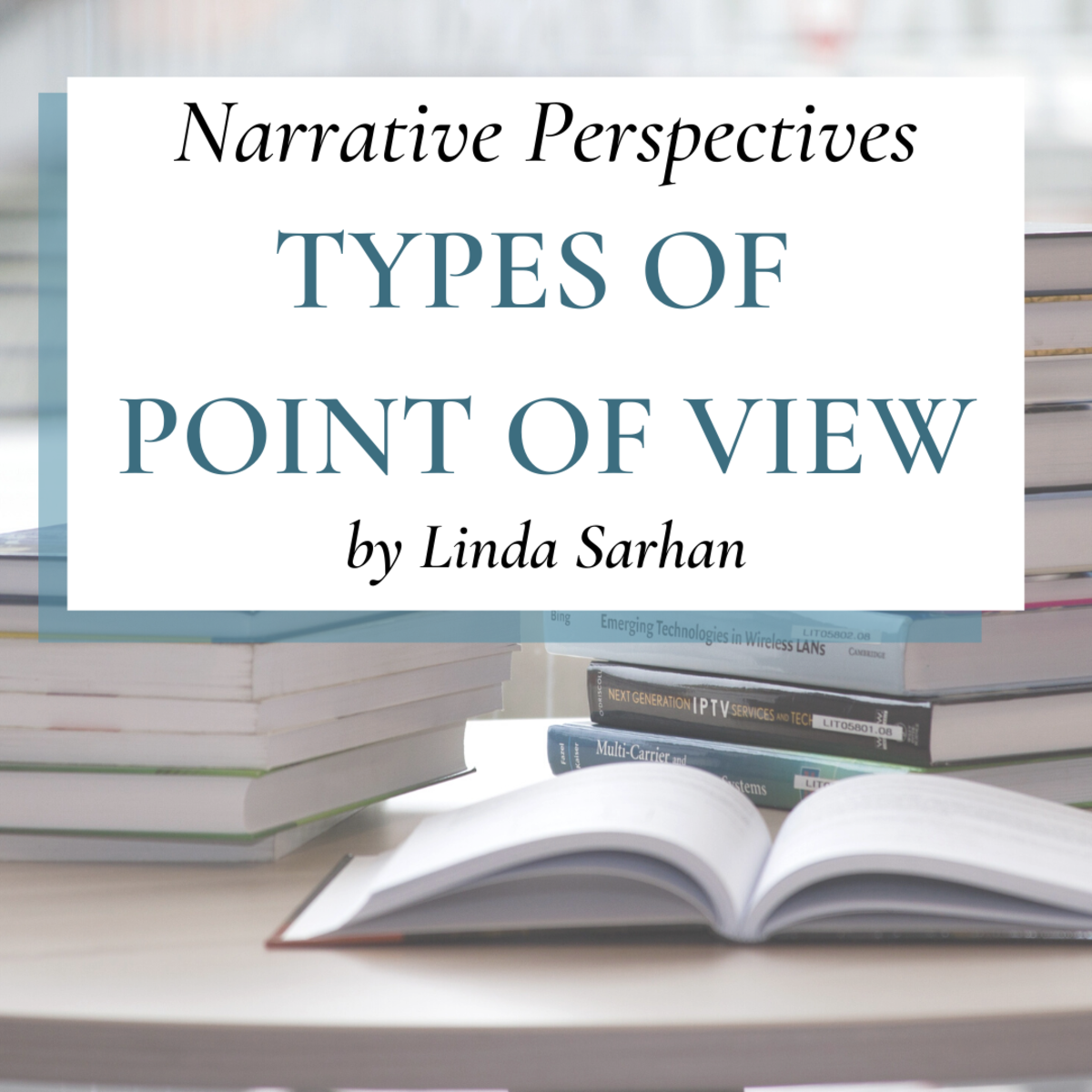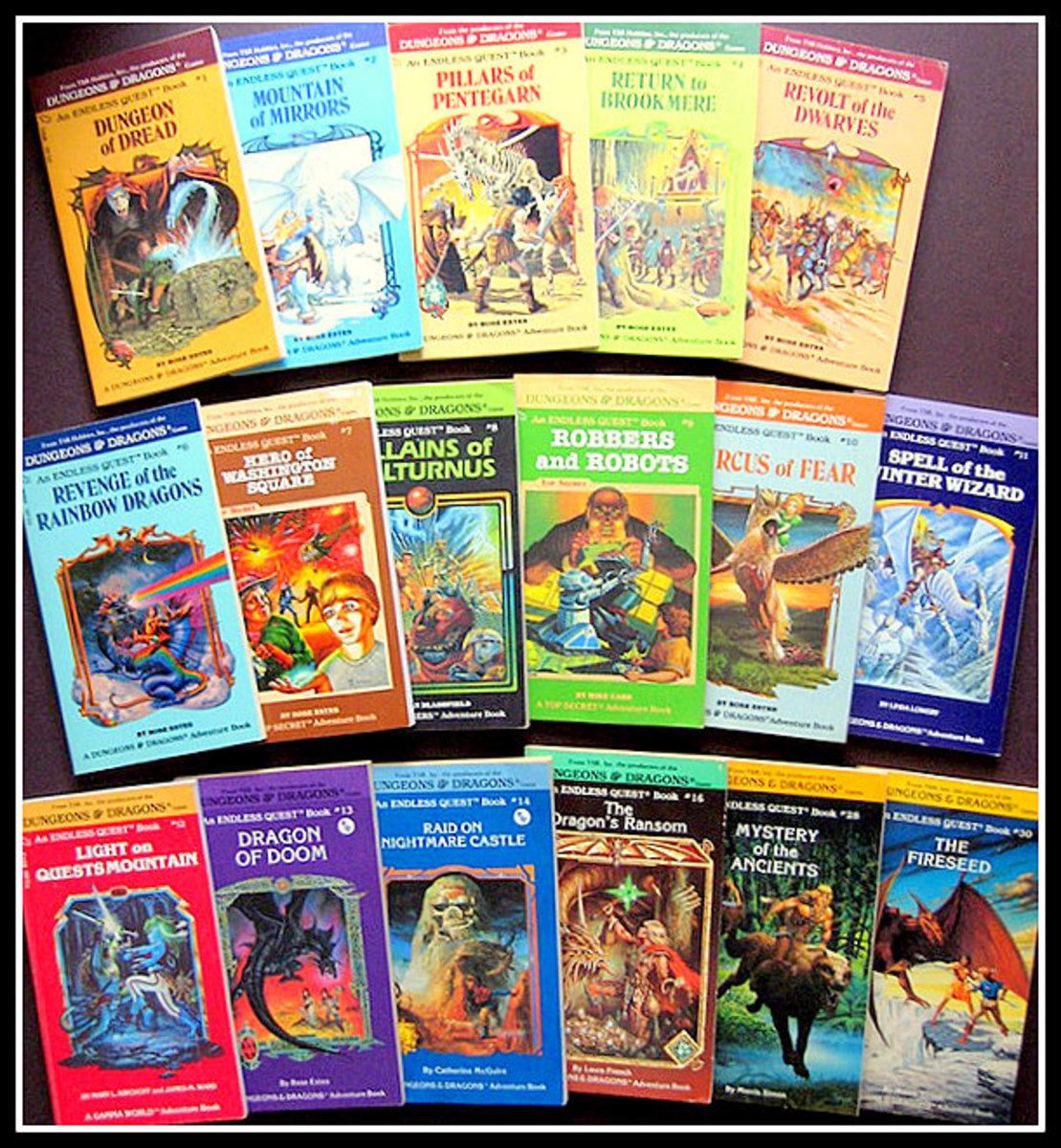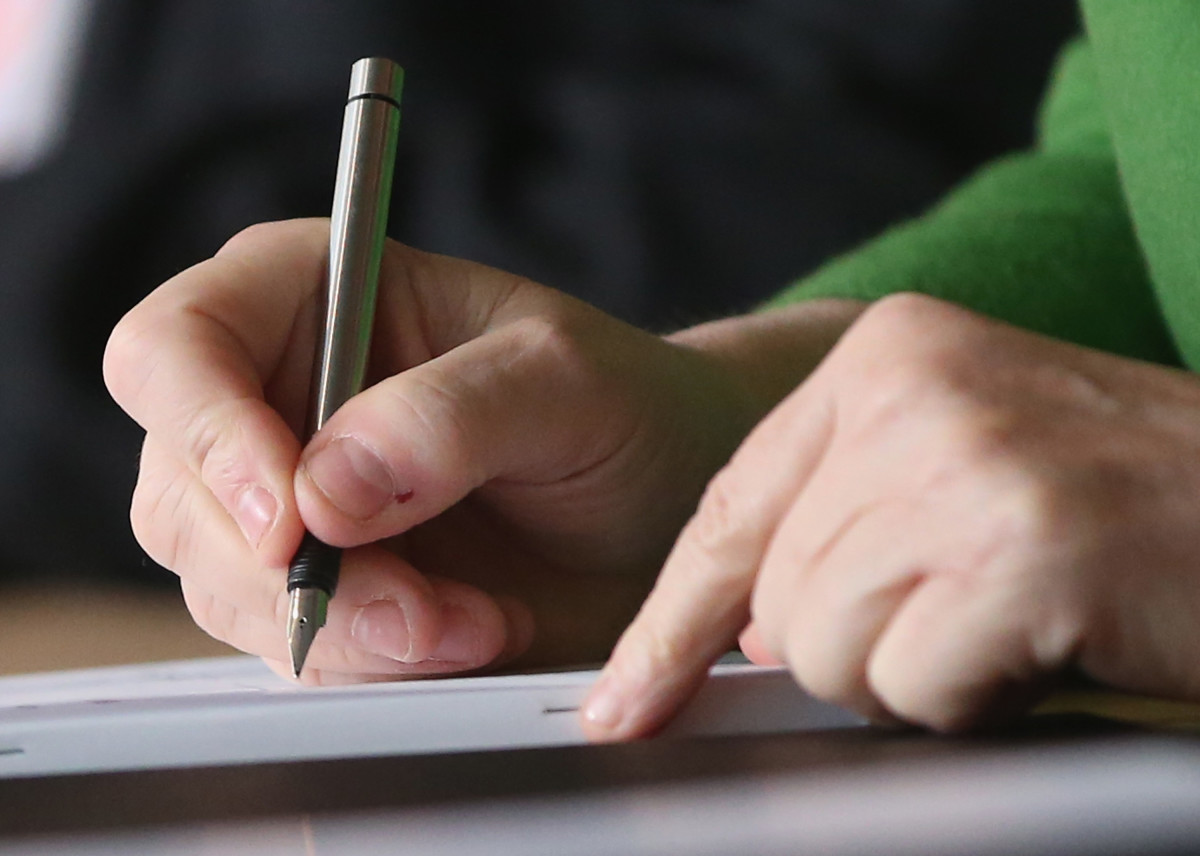How to Write in Deep Point of View - Part 6
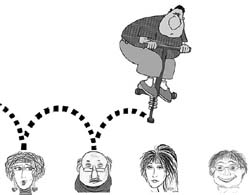
Point of View: Knowing
Let us review the "rules" (really, as Captain Jack Sparrow would say, they're more guidelines) for Deep Point of View (POV) we've learned so far:
Rule #1: In order for something to be included in a scene, the Point of View character must have the ability to perceive it using his or her five senses.
Rule #2: In order for something to be included in a scene, it must make sense for the Point of View character to be thinking about it at that moment in the story.
Now, for a new rule. Some of you are going to fight me on this one. Believe me, none of you will find it more difficult to swallow than I did, back when I was first struggling to understand POV. Let us just agree that, for the purpose of this lesson, you'll at least give it the benefit of the doubt. It is:
Rule #3: Once the Point of View Character for a scene has been established, the POV should not change for the duration of that scene.
Back in Lesson 1, we talked about the difference between Omniscient or Cinematic point of view and Character Point of View. Other than our quick discussion in Lesson 1 about how Omniscient POV can be used to “zoom in” on a new scene, this series is going to proceed on the assumption that, in order to create that unbreakable connection between your character and your reader, once your story is in Character POV, it should stay there!

Point of View Changes Everything
A friend invited me to go to a birthday party with her, because I was mildly acquainted with the guest of honor.
When we got to the party, there were at least fifty people there, and more arrived during the evening. Other than my friend and the birthday boy, I didn’t know anyone. Most of the guests were couples, and a lot of them were neighbors from the upscale suburb. Most of them were about my age, although a few had brought their kids. The event was catered, and there was a lot of drinking. There was also a hired DJ, and the music got louder as the evening went on, and well-lubricated guests began to dance. One female guest, a neighbor, got very drunk and started dirty dancing with all the men, whether they were cooperating or not.
Does this sound like a fun party to you?
Here’s the thing—some of you will think, “Gawd, it sounds awful. I would have been dying to get out of there.” Others will wish you’d been there!
During the party...
- My friend knew virtually everyone there, and was welcomed with hugs and kisses.
- I didn’t know everyone, and had to be introduced, or introduce myself.
- My friend hates spicy food, so she ate almost nothing (the cuisine was Cajun) and was hungry.
- I love Cajun food, so I really enjoyed the meal.
- My friend doesn’t like rock and roll, so was annoyed by the loud music.
- I used to be the singer in a rock and roll band, and thought the music selections were terrific.
- My friend had seen the house many times before, and didn’t pay much attention to it as we came through to the outdoor area where most of the party took place.
- I was surprised by the size of the house, and was very interested in the decoration and details, especially of the large outdoor entertainment area.
- My friend doesn’t drink, and was embarrassed by the antics of her tipsy neighbors.
- I like a cocktail or two, and was mostly amused, although I knew lambada lady was going to have a terrible hangover, and some ‘splainin’ to do.
- My friend is married, and was oblivious to the sexual dynamics of the party.
- I am single, and was aware of being treated with subtle hostility by the married woman, and not-so-subtle interest by the single men (and, once the alcohol was flowing, some of the married ones).
If my friend and I each wrote a scene about this event, you probably wouldn't even recognize it as the same party.
The point: When you change POV characters in the middle of a scene, you are doing more than changing the POV, you are changing the entire scene. At worst, it is disconcerting, and pulls the reader completely out of the story. And, even at best, it severs the connection between the character and the reader.

Other Lessons in this Series
- How to Write in Deep Point of View--Part 1
This is the first in a series of articles by novelist Toni Andrews about writing character-driven fiction. - How to Write in Deep Point of View--Part 2
It's all about perception! Learn about the link between the five senses and deep point of view - How To Write in Deep Point of View -- Part 3
What are you thinking? Learn how a point of view character's thoughts can be used to deepen point of view. - How to Write in Deep Point of View -- Part 4
Did you know that Information Dumping is a point of view error? Find out how to avoid it. - How to Write in Deep Point of View -- Part 5
More about Information Dumping and how to avoid it.
Whose Scene is it Anyway?
When I am deciding the POV character for a scene, I ask myself some questions.
In this scene...
- Who is going to gain the most new information?
- Who has a goal?
- For whom are the stakes highest?
- Who is trying to hide something?
- Who will find the situation the most uncomfortable?
- Who is trying to manipulate the other character(s)?
Some other questions that might influence me are:
- Who has secrets that I don't want the reader to know yet (this might be a reason not to choose the character)?
- How long has it been since the reader has seen a scene in each character's POV? Does someone need a turn?
Most of the time, the best candidate is fairly obvious. Every once in a while, however, it seems as if there are equally good arguments for multiple characters.
The Dreaded Head-Hop
Remember Jeryl, of the sparkling eyes in Lesson 1? Later in the book (ultimately released as Men in Chains by my alter ego, Virginia Reede) Jeryl, a conventional 18th century European nobleman, is trying to explain the concept of Marriage to Delinda, who was raised in matriarchal society where men are chattel and marriage does not exist. Here’s a section of the scene from an early draft:
He paused, surprised at how difficult it was to sum up the meaning of marriage in a few words. “They will live with each other and they will probably have children, and they will not have any other romantic...” He was starting to sweat now. “They will not...they will not...”
“They will not what?” asked Delinda. She was even more confused now than when he’d started his explanation.
See what I did? I head hopped. I switched the POV from Jeryl to Delinda. Jeryl can speculate that Delinda appears to beconfused, but he can’t actually know what she is thinking.
After much harassment from my critique partners, I finally agreed I needed to rewrite the conversation (which goes on for many pages) so that the entire thing was in only one of the character’s Point of View. But which one?
The POV Worksheet:
If you have already written a scene with multiple POV characters (which you are, of course, going to rewrite after reading these articles) and you can't decide from whose POV the scene should be written, here's an exercise that might help you out.
First Column: Story Points
Make a list of "story points." A story point is any bit of information that is conveyed to the reader in this scene.
Here’s the list for a portion of the scene with Jeryl and Delinda talking about marriage. I used a slightly larger section of the scene for this example.
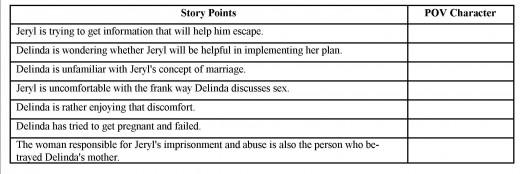
Second Column - POV Character
Now, look at each story point and make a note of who the POV character is when the point is conveyed to the reader (the way you have it written now, not the way it's going to be after you fix it). In my original version of the scene, here are the POV characters:
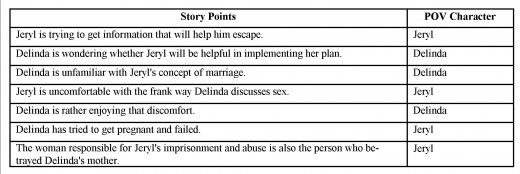
Now, rewrite the scene from the POV of the character that has the most story points.
"But," I imagine you saying, "What about those story points that only work if they're in the other character's POV? How am I going to let the reader know about them?"
If you want, you can add a third column to the grid. In it, make note of the story points that, in your old version, are not in your new POV character's point of view. For each of them, brainstorm a way you can get them onto the page for the reader, without Head Hopping.
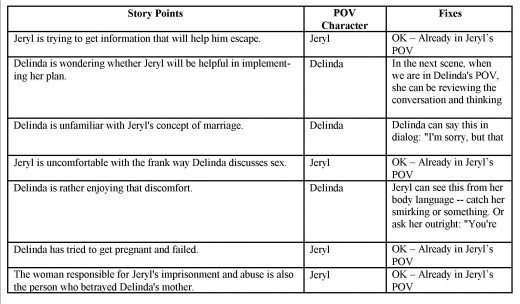
I recently took a look at this book, which was ultimately published, and re-read this scene. Although it was my intention to rewrite it from Jeryl's POV, I missed a couple of hops. Feel free to buy a copy and mock me!
To First or Not to First
A few of you have mentioned that you prefer to write in first person and that, by doing so, you eliminate the problem of the dreaded Head Hop.
This is, in general, true. In fact, I write all first drafts in first person, whether or not the book will ultimately be published that way. I will talk about this more, especially when we get to the Character Voice section of this workshop.
But, while First Person should eliminate hopping into the head of another character, you still have to be careful not to slip into Omniscient POV. Also, in first person, it can be even more tempting to do an Information Dump (although you can get away with a little bit more internal narrative in First).
Perhaps the biggest factor in deciding whether or not to use first is more of a plot than a character issue. Will your plot have a lot of elements that the reader needs to find out before the protagonist does? Do you want to present the antagonist or villain's point of view to the reader? If the answer to either of these questions is yes, you'll need to stick with third person.
I love Jim Butcher's Dresden Files series. They have extremely complex plots, but they're told entirely from Harry Dresden's point of view. Butcher does a great job figuring out how Harry can learn the details of what happens when he isn't around, or how he can find out what another character thinks, or discern his enemies’ motives. (For those of you who back away from conflict, I also recommend this series to see how the author constantly makes Harry’s life more difficult.)
My romance novels are mostly in third person, because I like to show both the hero and the heroine's points of view. But, for those of you who say that romance cannot be written in first person, I refer you to Kristan Higgins' wonderful contemporary romances. She's won two Rita awards for Best Single Title Romance, and they were both first person Point of View.
Some asked about shifting first person POV. I have seen this, and I have seen books that switch from first to third. Sometimes it works, and other times it doesn't. In my personal opinion, an extremely high level of skill--real virtuosity--is required to pull this off. I don't recommend it for any but very advanced writers.
Ultimately, it is your choice.
Coming Soon: Lesson Six
Deep Point of View and Showing vs. Telling

